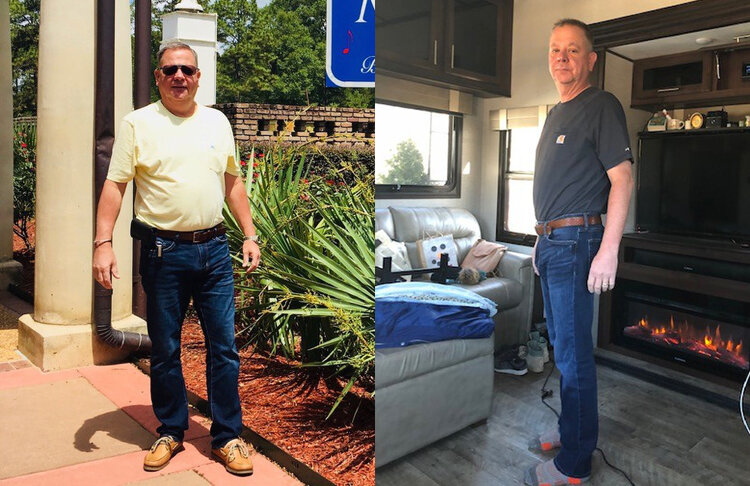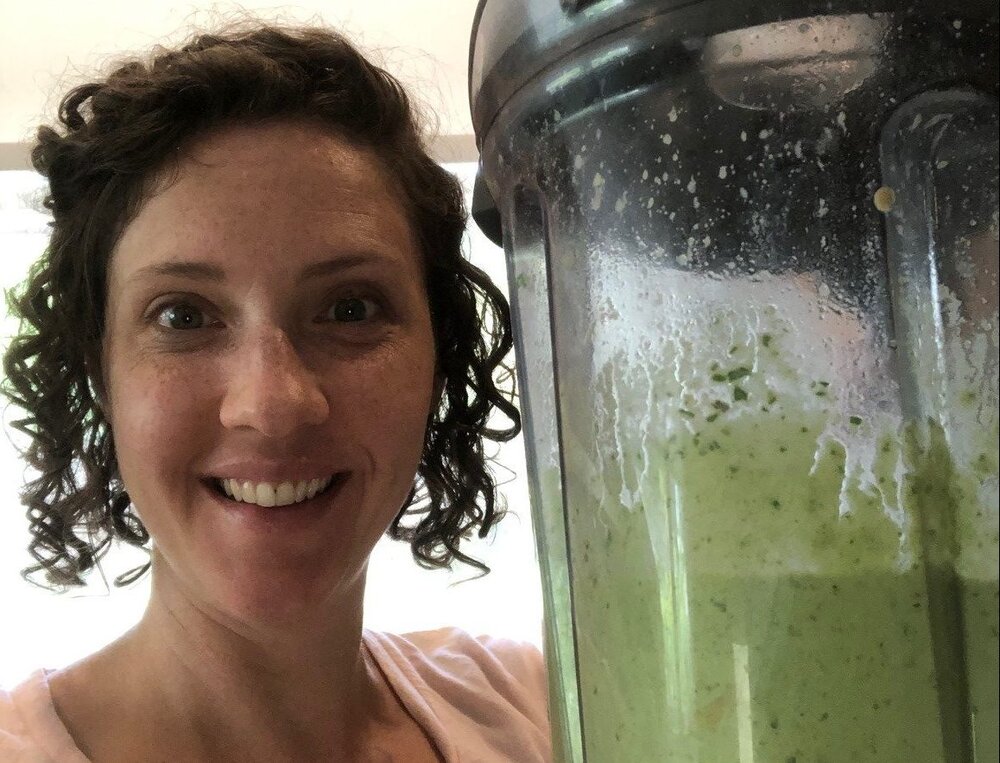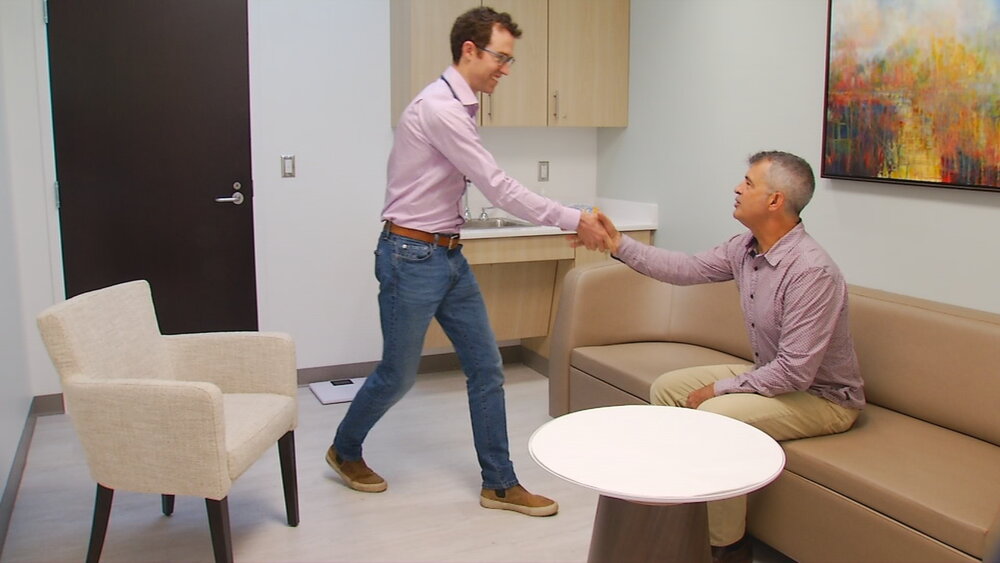Read more from our very own Dr. Rachel Hines, quoted below!
The novel coronavirus (COVD-19) outbreak has created unprecedented challenges for physicians and patients across the health care system. Office-based doctors are scrambling to provide access to their patients through telemedicine and virtual visits while navigating a new terrain of billing codes and payment rules for these services. Others are tightening their belts as they contemplate how they will be able to meet payroll and keep their doors open with a sharp downturn in office-based appointments.
One group of doctors that seems to be riding out the storm better than most are direct primary care physicians. Direct primary care (DPC) is a practice model that allows more flexibility than traditional fee-for-service practices because physicians work directly for patients and eliminate third-party payers like Medicare, Medicaid, and insurance companies. Most DPC practices are set up as memberships, with patients paying a monthly fee to their doctor (averaging $77 per month) for all primary care health care services.
Telemedicine and virtual visits
Unlike most primary care practices in the fee-for-service realm, many DPC practices are already set up to provide virtual office visits through telephone and video consults, as well as providing access by email and text message. Since patients pay for services through a monthly membership, there is no need for DPC doctors to worry about how to code and bill for these non-office visit services.
Thi N. Vo, DO, MBA, who works with First Primary Care in Houston, TX notes that that she and her and her physician partners were able to implement changes to protect their staff and patients from the risk of coronavirus very early on. “We went to virtual only, cut down to minimal staff, and began alternating days,” says Vo. Because the office already had applications in place to serve patients virtually as a part of the direct care model, Vo says the transition was “impeccably smooth and caused negligible interruptions to our daily work flow.”
Although new mandates from the Centers for Medicare and Medicaid Services are now allowing payment for telemedicine services, doctors who wish to bill Medicare must follow a slew of rules, such as the requirement that the visit consist of both audio and video components. Since DPC doctors don’t rely on Medicare billing, they have greater flexibility in providing care by a simple phone call when appropriate. However, many practices are already set up to provide web-based video consults, which are often embedded into their electronic health systems.
“While the major medical systems in my city struggled to make the necessary bureaucratic changes to start telemedicine and bill for it, I was able to continue to care for my patients seamlessly without interruption with telemedicine,” says Rebecca Berens, MD, a direct care physician with Vida Family Medicine in Houston. “I even opened up my services to non-members when I learned that patients were being turned away from other primary care offices and urgent cares due to an inability to provide telemedicine.”
With the increased anxiety surrounding the coronavirus and self-isolation, some DPC practices are also helping patients by incorporating virtual psychology services. At Gulf Coast DPC in Fort Myers, Florida, psychologist Victoria Frehe-Torres, PhD provides counseling to adults and children at the discounted rate of just $60 per session for practice members.
Email and texting
While the Department of Health and Human Services is currently exempting HIPAA privacy rules for communicating with patients, opening up the possibility of using “everyday communications technologies such as FaceTime or Skype,” DPC doctors have long offered patients the opportunity to opt-out of burdensome “secure” messaging portals and systems, allowing them to communicate directly with their physician via text and email.
“We have the ability to personally communicate with our patients to help them through this difficult and scary time,” says Jaclyn Nadler MD with Coastal Med DPC in Englewood, FL, whose weekly updates have been well-received by her patients. “I have received so many positive replies—‘thanks for being there for us,’ ‘your communications give me comfort,’ ‘I know where to go for accurate information,’ and ‘I’m so glad to have a doctor who personally responds to my questions and fears.’”
Molly Rutherford, MD with Blue Grass Family Wellness in Crestwood, KY notes that she has been able to continue to care for her patients fighting addiction. “Patients in treatment for addiction are especially grateful to have a telemedicine option, as most outpatient treatment centers are highly regulated and slow to adapt during these uncertain times. Stress is a huge trigger for relapse, and patients feel comforted knowing they can easily reach me.”
Many DPC physicians are not only sending regular communications via email but are also keeping up a visible social media presence to keep patients and the community informed. Paul Thomas MD with Plum Health believes that DPC doctors are well-poised to become thought leaders on addressing the pandemic. “As primary care physicians, we are uniquely equipped with not only the knowledge to educate our patients about the coronavirus, but we also have the tools to spread excellent information at our fingertips.” The Detroit-area physician notes that his social media posts have been shared widely and have even led to media appearances and increased the growth of his practice.
Office safety
While many hospital-based physicians are reporting concerns over being forced to work without proper personal protective equipment, DPC doctors have the flexibility to adapt their practices to protect themselves and their patients. Garrick Baskerville, MD, the owner of METSI Care, a DPC practice in Austin, Texas, says that one of the advantages to owning his own DPC practice is that he can set the rules for his clinic “I’m able to wear the proper PPE that was sourced from my community to ensure that my patients are protected.”
Many DPC physicians agree that the practice model is better able to keep them safe than a traditional fee-for-service practice. Jeanette Williams, MD, a DPC physician in Calistoga, CA says that “while many of my friends, family, and colleagues are worried about me as a ‘front-liner,’ the truth is that my system of practice with virtual communication and built-in care keeps everyone safer.”
Deborah Sutcliffe, MD, a primary care DPC physician in Red Bluff, CA, shifted most of her patients to telemedicine due to California’s shelter-in-place order. For the few patients that have required an in-office assessment, she feels that DPC has allowed her to provide a safer environment. “I keep my office clean myself. I escort patients right into my exam room so that they don’t have to risk exposure to others in a waiting room. And when they need medication treatment, I am usually able to provide them with what they need right from my dispensary so that they don’t have to take a separate trip to the pharmacy.”
Financial flexibility
Many office-based physicians are worried about how they are going to pay their overhead with the downturn in office visits. This includes paying staff members, and the worry that new legislation will require them to pay for up to 12 weeks of sick leave for anyone who becomes ill from coronavirus or has to be home with children affected by school closures. Since DPC practices typically have lower overhead and employ fewer staff members, many feel more financially prepared.
“Knowing that my practice is financially secure is something that would not have been possible four years ago,” says Deborah Sutcliffe, MD. “I would have been torn between my own financial security and putting patients at risk by requiring an office visit so that I could bill for services and pay my employees and myself. Now I can assure my medical assistant that she will be paid regardless of how many hours we keep the office physically open.”
However, some newer DPC practices are struggling as they try to grow their practice during the pandemic. Tete Tonwe, MD, who recently opened Divergent Direct Primary Care in Lewes, DE notes that she hasn’t been able to recruit patients as easily as she had hoped. “People are so scared, and some are broke.” However, DPC has afforded some good news. “The amazing thing is that I posted a fundraiser on my personal Facebook page. In this way, I’ve been able to provide telemedicine at no cost for those who can’t afford it.”
Satisfied patients
With increasing concern over the economic implications over the coronavirus, are patients canceling their memberships out of financial fears? Most DPC doctors I talked to said no. Rachel Hines, MD, MPH with Lantern Health in Asheville, NC, says that her patients see her practice as an affordable safety net. “Our patients represent some of the hardest hit industries due to social distancing measures—hospitality, food, and beverage service; retail, non-medical factories, and arts.”
Linnea Meyer, MD, owner of Wellscape Direct MD in Boston, MA, has not had any membership cancellations. “Many have expressed how grateful they are to be members of a practice that already had everything in place for virtual visits. Many have said how reassured they have been to be able to reach me easily and get a quick response.”
At my practice, I’ve been overwhelmed by the response I’ve received from patients from my weekly newsletter updates informing them of guidelines and recommendations in real-time. Patients truly value the comfort and reassurance that their personal physician can provide for them, especially in these uncertain times.
A return to practice autonomy
While the DPC model provides an abundance of benefits, the most important is this: DPC allows returns autonomy to practicing physicians. Ellen McKnight, MD, a rheumatologist with a direct care practice in Pensacola, FL, says, “DPC doctors who had rejected the ‘system’ and taken control of their practices have been perfectly poised to respond. The takeaway is that physicians everywhere must once again be in complete control of how our knowledge and skill will be used. For that to happen, we must reclaim our autonomy.”
In moving to a DPC model, doctors reject not only payment from third parties, but also refuse to participate in burnout-provoking mandates. In DPC, there is no “pay for performance” or mandatory patient satisfaction surveys. If patients are happy with their doctor, they continue to pay the membership. If not, the patient is free to leave.
Without insurance credentialing, there is no need to participate in expensive and burdensome maintenance of certification programs. With an in-house dispensary of low-cost, generic medications, there is little need to fill out prior authorization forms.
If a doctor wants to change an office policy, there are no forms to fill out, no permissions to seek, no case to be made. DPC offers a return to autonomy that doctors—and patients—desperately need. As Rachel Hines, MD, MPH says, “I hate that it has taken a pandemic to reveal that what our healthcare system needs is a strong, accessible, and nimble primary care base—DPC in a nutshell.”
Rebekah Bernard MD is a direct primary care physician in Fort Myers, FL and the author of How to Be a Rock Star Doctor and Physician Wellness: The Rock Star Doctor’s Guide.
Source: https://www.medicaleconomics.com/news/direct-care-practices-perfectly-positioned-help-patients-during-coronavirus-outbreak March 30, 2020





